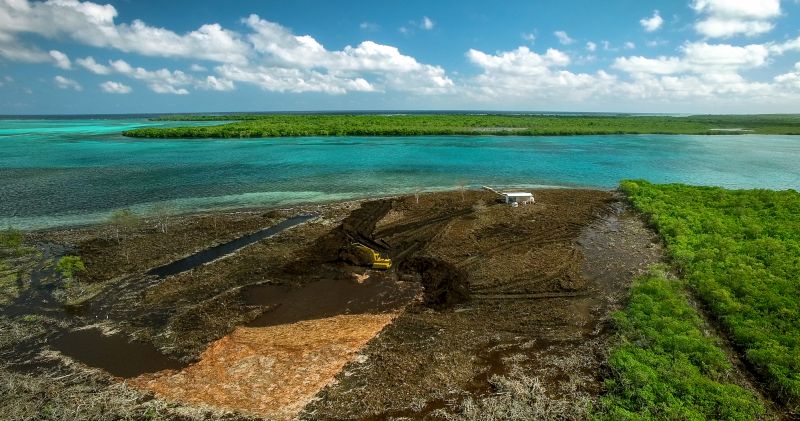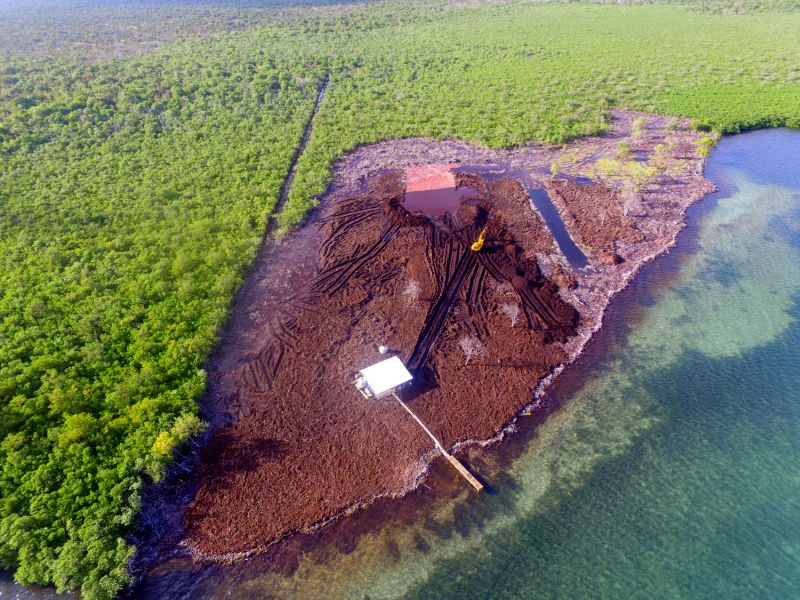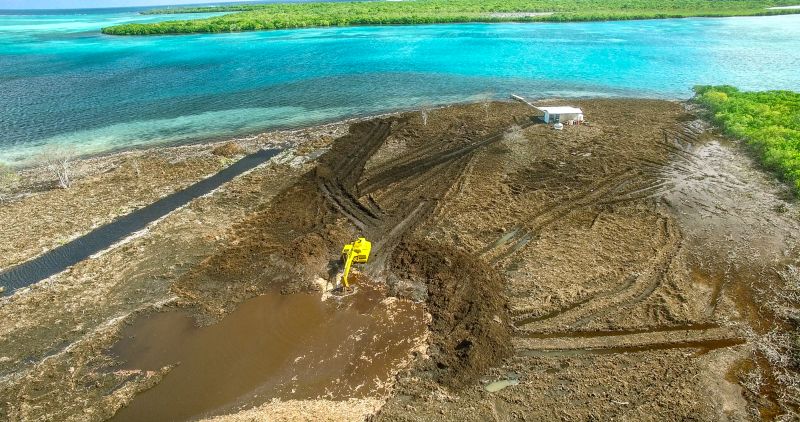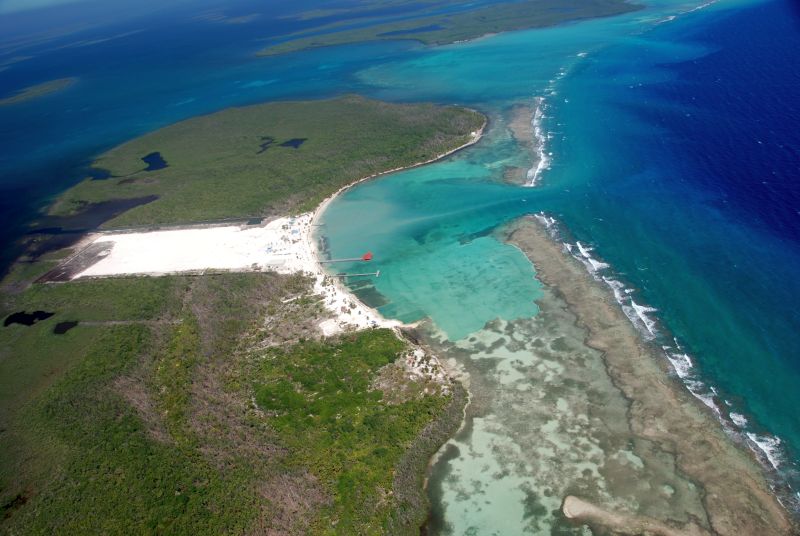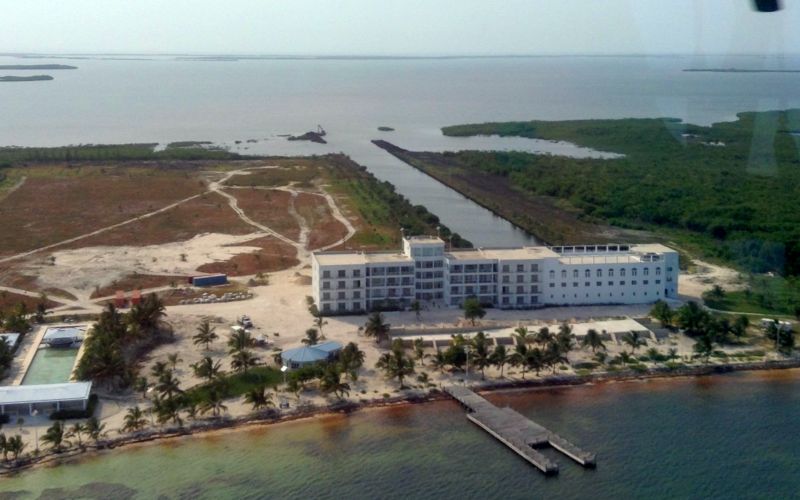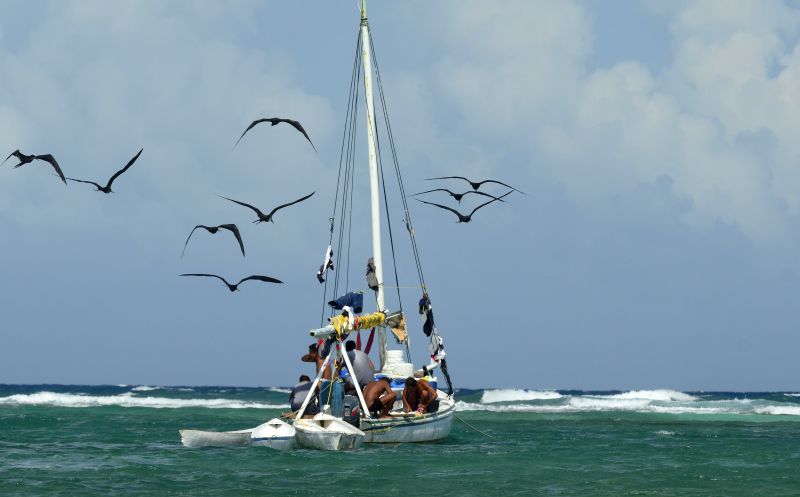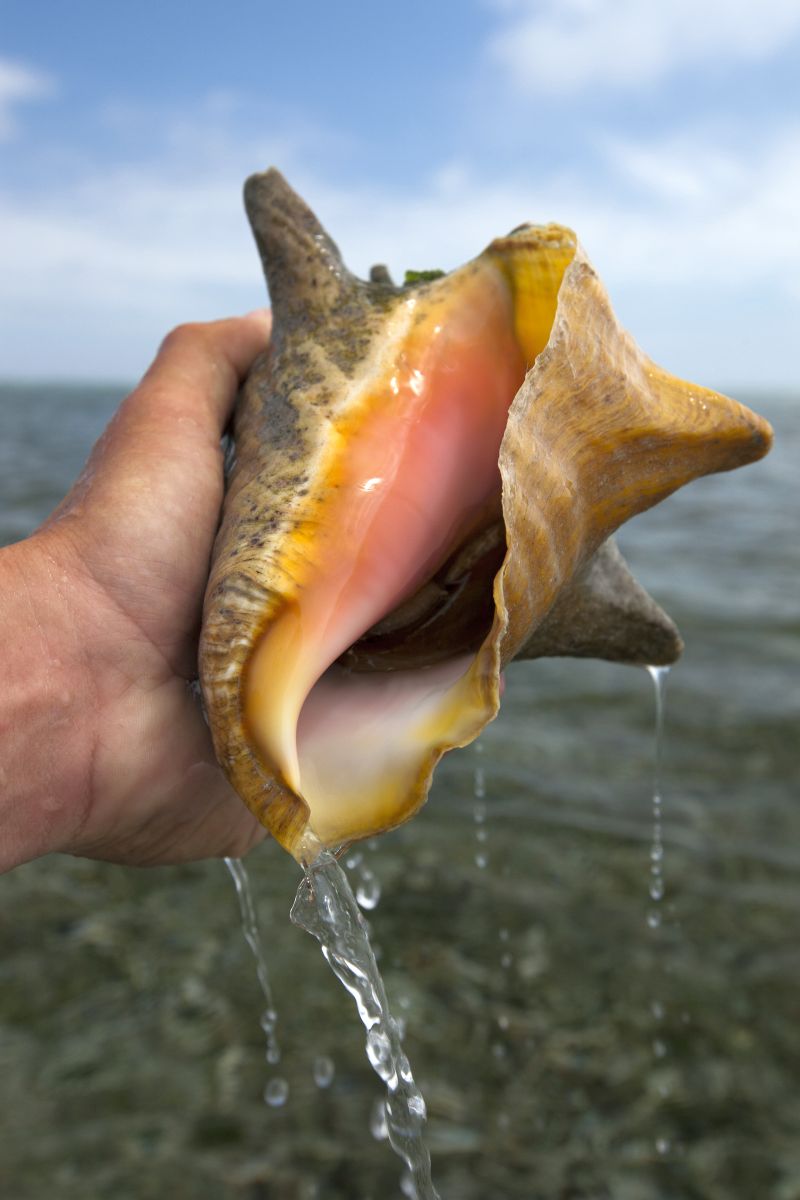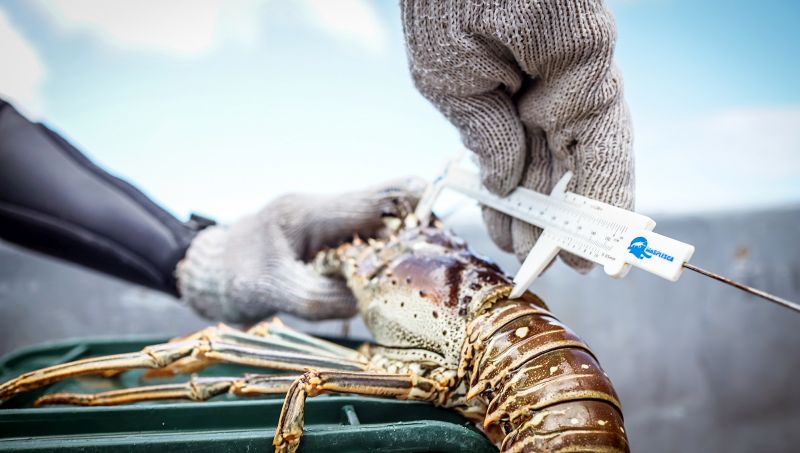
Threats
THREATS
Habitat Destruction
Habitat destruction caused by destructive development, such as dredging and mangrove deforestation, remains the single largest threat facing Turneffe Atoll. These destructive and unsustainable practices lead to the loss of critical habitats including sea grass, back reef flats and mangroves. Such development has already destroyed special and unique areas at Turneffe and these practices are inconsistent with the sustainability of Turneffe Atoll.
A significant portion of Turneffe is privately owned, and how private property is developed will be a crucial to the future of Turneffe. While the Turneffe Atoll Marine Reserve offers significant protections, these alone are not adequate. Protecting this fragile place will take additional measures and the ongoing efforts of Turneffe Atoll Trust.
Below are photos prior unsustainable project at Turneffe which entailed deforesting a large area of mangroves and dredging to fill this swampy area for development. Note the significant erosion and the pinkish pile of roots in the excavated hole. This project was successfully litigated by Turneffe Atoll Trust and halted.
Other unfortunate development projects at Turneffe include a large hotel complex which destroyed one of the Atoll’s most productive backreef flats to create “fill” to build the hotel.
SUSTAINABILITY OF THE COMMERCIAL FISHERY
Turneffe's productive fishery for Caribbean spiny lobster and queen conch is threatened by over-fishing and lack of regulatory enforcement. Turneffe's fishermen understand these threats and are now working closely with Turneffe Atoll Trust to ensure that their fisheries remains sustainable. The fishermen have, in fact, joined forces with the ecotourism sector at Turneffe to form an official alliance that advocates for habitat protection.
Interventions initiated by Turneffe Atoll Trust, and now overseen primarily by Turneffe Atoll Marine Reserve, are helping, but more needs to be done. Better scientific information about the fishery is essential for developing meaningful management interventions. A major need is a comprehensive baseline analysis of the spiny lobster fishery associated with a science-based monitoring program.
CLIMATE CHANGE
Approximately 90 percent of Turneffe is low-lying land covered by mangroves making it particularly sensitive to sea rise. At the same time, Turneffe's ecosystems mitigate many of the dire effects of climate change. A major economic benefit of Turneffe Atoll, for instance, is the protection of Central Belize and Belize City from hurricanes, which economists value at more than BZ$300 million annually. Additionally, mangroves produce significant carbon sequestration and provide essential habitat for many marine species. While Turneffe is vulnerable to the affects of climate change, it also offers key environmental functions that help our planet adapt to these changes.
